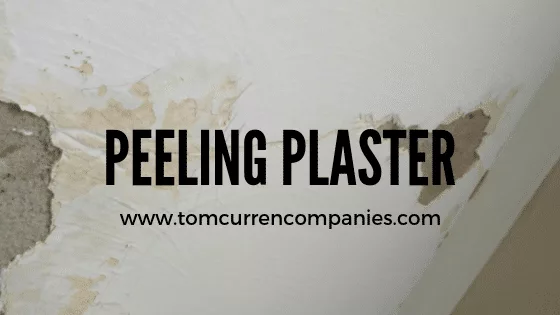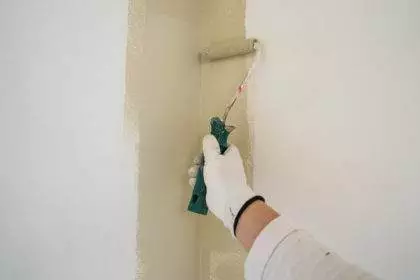How Do You Fix Peeling Plaster Walls?

Plaster has a lot going for it: it resists mold and fire, insulates from noise-penetration, and offers homeowners a smooth surface for their walls. But plaster begins to peel when it loses its adhesion to the coating—paint, primer, or stain—that originally kept it up.
Why does plaster peel?
- As usual, bad prep work is the first suspect: your plaster will begin to peel and the surface will chalk if, when the plaster was originally applied, the wet troweling of the white coat was inadequately done.
- Extremely hard plaster can become slick, which always reduces adhesion of the coating.
- New plaster can have a high pH balance, meaning you’ll need an alkali-resistant coating to fix the issue.
- Old plaster becomes powdery over time.
- Layers of paint or other finish, when built up too much, can cause cracking and peeling in the deeper substrate of the plaster.
What you want with bare plaster is plaster that’s cured and hard. According to Sherwin-Williams, “textured, soft, porous, or powdery plaster should be treated with a solution of 1 pint household vinegar to 1 gallon of water” to fix your problem. That process can be repeated until the surface becomes appropriately firm. Remember that, in general, new plaster needs at least a month to cure before priming. During that month, the levels of alkali and moisture in the plaster will diminish. That’s essential if you want to avoid future failures in your plaster. Finally, remove any dust, powder, and other residues by wiping the plaster with a damp cloth before you begin priming.
How do you treat peeling plaster?
Once you already have peeling, you’ll have to remove as much of the coating as possible—meaning, you need to sand and scrape before resurfacing. You can use a putty knife or a blade scraper to remove any uneven surface texture or bubbling. Next, repair any cracks or holes in the plaster. And, of course, be sure to follow all the manufacturer’s instructions for proper application. Should you have any questions or concerns, we’re always happy to come in and take a look.
READ OUR
Related Articles
Locations






